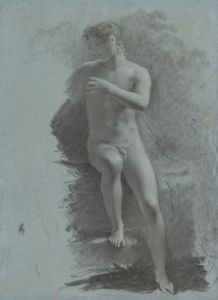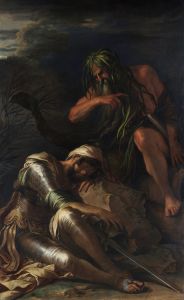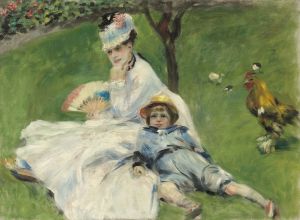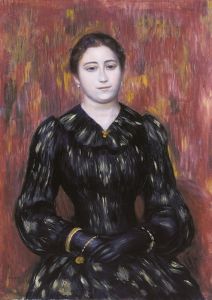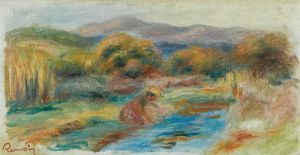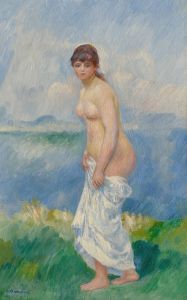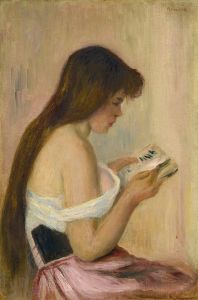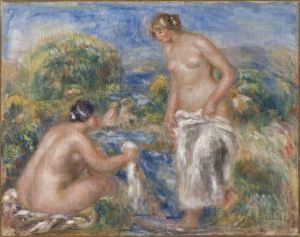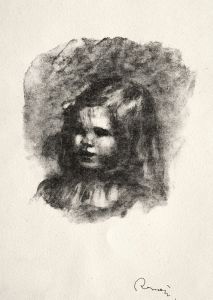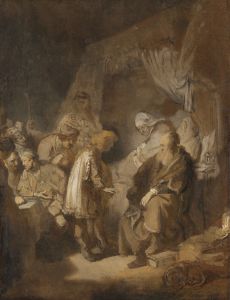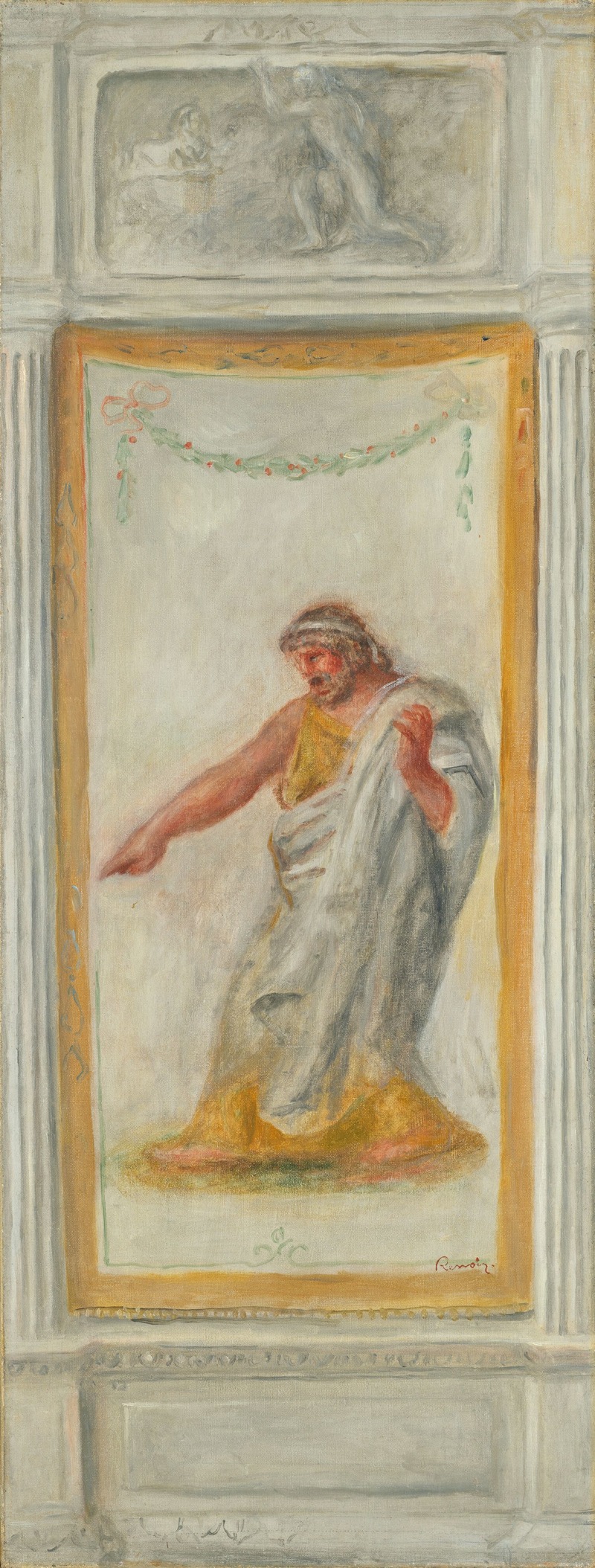
Panneau pour Œdipe; Œdipe roi
A hand-painted replica of Pierre-Auguste Renoir’s masterpiece Panneau pour Œdipe; Œdipe roi, meticulously crafted by professional artists to capture the true essence of the original. Each piece is created with museum-quality canvas and rare mineral pigments, carefully painted by experienced artists with delicate brushstrokes and rich, layered colors to perfectly recreate the texture of the original artwork. Unlike machine-printed reproductions, this hand-painted version brings the painting to life, infused with the artist’s emotions and skill in every stroke. Whether for personal collection or home decoration, it instantly elevates the artistic atmosphere of any space.
Pierre-Auguste Renoir, a prominent French artist and a leading figure in the Impressionist movement, is renowned for his vibrant light and saturated color, often focusing on people in intimate and candid compositions. Among his diverse body of work is the painting "Panneau pour Œdipe; Œdipe roi," which reflects his interest in classical themes and mythology.
Renoir's "Panneau pour Œdipe; Œdipe roi" is a lesser-known work that delves into the mythological narrative of Oedipus, a tragic hero from Greek mythology. The story of Oedipus is one of fate, prophecy, and self-discovery, famously chronicled in Sophocles' play "Oedipus Rex." In the myth, Oedipus is destined to kill his father and marry his mother, a prophecy he unwittingly fulfills, leading to dramatic consequences.
The painting captures a moment from this mythological tale, though specific details about the scene Renoir chose to depict are not widely documented. Renoir's interest in such themes was not uncommon among artists of his time, as classical mythology provided rich narratives and complex characters that were ripe for exploration through art.
Renoir's approach to painting was characterized by his loose brushwork and a focus on capturing the effects of light. While his Impressionist works often depicted contemporary life, his forays into mythological subjects allowed him to explore different artistic challenges and themes. In "Panneau pour Œdipe; Œdipe roi," Renoir would have employed his signature style to bring the ancient story to life, using color and composition to convey the emotional depth and drama of the narrative.
The painting is part of Renoir's broader oeuvre, which includes a variety of subjects ranging from portraits and landscapes to still lifes and scenes of social life. His work is celebrated for its beauty and technical skill, as well as its ability to capture the essence of his subjects, whether they are people, places, or stories from antiquity.
While "Panneau pour Œdipe; Œdipe roi" may not be as widely recognized as some of Renoir's other works, such as "Luncheon of the Boating Party" or "Dance at Le Moulin de la Galette," it nonetheless contributes to our understanding of Renoir as an artist who was not only interested in the world around him but also in the timeless stories that have shaped human culture.
Renoir's exploration of mythological themes reflects a broader trend among artists of the 19th century, who often looked to the past for inspiration while simultaneously pushing the boundaries of artistic expression. This painting, like many of Renoir's works, demonstrates his ability to blend traditional subject matter with modern techniques, creating art that is both rooted in history and innovative in its execution.
In summary, "Panneau pour Œdipe; Œdipe roi" by Pierre-Auguste Renoir is a testament to the artist's versatility and his engagement with classical themes. Through this work, Renoir contributes to the rich tapestry of art inspired by mythology, offering a glimpse into his interpretation of the enduring story of Oedipus.






